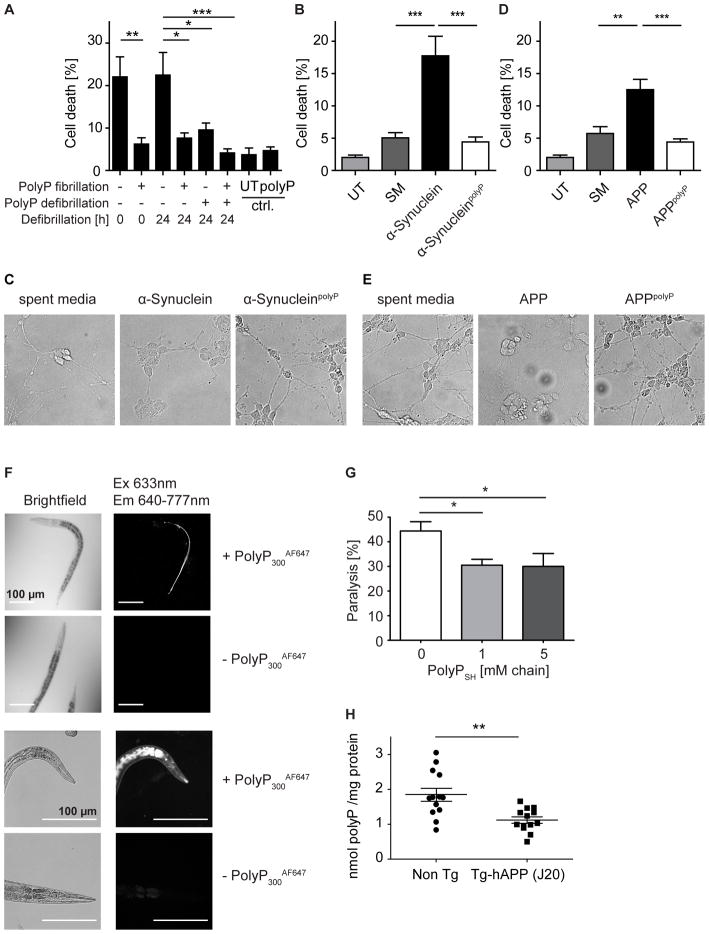Figure 5. Effects of PolyP on Amyloid Toxicity.
(A) 10 μM α-Synuclein and α-SynucleinpolyP fibrils either freshly prepared or incubated without or with 20 μM polyPSH for 24 h at 4°C were added to differentiated human neuroblastoma cells (SH-SY5Y) and toxicity was determined after 40 h using Trypan blue exclusion and cell count (n = 4–5, ANOVA; *p<0.05, **p<0.005,*** p<0.0005). (B) Spent media of either un-transfected (SM) HeLa cell or HeLa cells transfected with a plasmid carrying α-Synuclein that were cultivated for 48h with or without 20 μM polyPSH, was added to differentiated SH-SY5Y cells. After 40 h of incubation, toxicity was determined as before (n = 4–6; ANOVA; **p<0.005, *** p<0.0005). (C) DIC images of differentiated SH-SY5Y cells upon incubation with spent media of untransfected or cells transfected with either α-Synuclein after 48 h of incubation. (D) Same as under (B) except that spent media of CHO-cells stably transfected with the APP gene was used. (E) Same as under (C) except that spent media of CHO-cells stably transfected with the APP gene was used. (F) Uptake of fluorescently-labeled polyP (polyP-AF647) by C. elegans was visualized by microscopy. C. elegans autofluorescence was used to demonstrate polyP-AF647 specificity. (G) C. elegans GMC101 expressing Aβ1-42 were treated with polyPSH at 25°C for 5.5 hr. Then, worms were transferred onto NGM plates and incubated at 25°C for 24 h before movement was assessed (n = 4 ; two-tailed paired Student’s t-test; *p<0.05). (H) Endogenous polyP levels in the brains of transgenic hAPP(J20) mice modeling Alzheimer’s disease and non-transgenic control mice (n = 13 per group, unpaired two-tailed Student’s t-test; **p<0.005). See also Figure S5.

